We have some British military “mates” visiting town for training. Over a beer or two, we recently had a lively, long overdue reunion. The Brits are over the top with their kindness, and I adore their wickedly hilarious humor. That being said one of my favorite parts of our conversations besides talking gardening of course (how about that Prince of Wales and his hedgerow restoration projects?) is always hearing how much they love Fallon. The new guy talked about the beauty of the desert, the striking openness, and our stunning sunsets. Or the guy who has been here six times already and still looks forward to the trip. Our great friend Dave is part of the group and was here on an exchange program a few years ago, he told us coming north on Highway 95 and dropping down into our valley was like coming home.
Home means Nevada, here’s my big garden tie-in. One of the things that help keep Nevada, beautiful Nevada is native plants. My sales pitch continues, two weeks ago for sagebrush, this week for milkweed. Two hundred or so Asclepias species can be found across North America, South America, and Africa. Our pal Linnaeus named the genus in 1753 after the Greek God of healing, Asclepius. According to the invertebrate experts at the Xerces Society (xerces.org) there are 13 milkweeds native to Nevada. Here in Churchill, we usually find three. Asclepias Speciousa, the milkweed of the west it is often called, is probably the one you see the most. The commonly called Showy Milkweed has super fragrant clusters of whitish-pink flowers. You can also find the very pretty, A. Fascicularis, narrow-leaved milkweed here. It prefers the damp soils of our ditch banks. Pallid Milkweed is also easy to find. It is a low grower out with sage and Shadscale in the desert.
Many turn up their noses at milkweed. Maybe because it has weed in its name? Perhaps because of the milky sap? It can cause dermatitis-like reactions in some folks. There are varying degrees of toxicity in the milkweed species, some are not great for pasture animals, some are edible to humans when prepped. Most are perennials and are a must-have, host plant for monarch butterflies, but milkweeds also attract other butterflies, native bees, bumbles, honeybees, and hummingbirds. Interestingly, the nectar-rich milkweed flowers are considered highly complex structures, lock-and-key sort of pollen releasers, much like orchids.
Milkweeds are spread by seed or rhizomes and are super easy to grow. These plants can grow into large stands with little effort and usually develop that deep taproot that is a hallmark of drought-tolerant plants. That being said, they also are adaptable to regular irrigation. Perfect for the no-fuss gardener. Happily, I have noticed increasingly, seed racks around town include milkweed seeds in their inventory. If you do purchase seeds, now is a good time to get them in, as they do best with a few months of cool stratification. Natural freezing and thawing help soften the seed coat to ease germination. If you’re collecting seeds now from last year’s plants, they probably are already satisfactorily stratified. I would go ahead and plant them in the ground now also. The papery pods that hold the seeds are called follicles. The silk that holds the seed is called the coma, or pappus. The delicate coma helps the seeds be carried by the wind. Sometimes referred to as the “Silk of America” as it is used as filling for pillows, insulation, and cleaning oil spills.
Remove seed heads in the fall if you don’t want your milkweed to spread, they also dig up fairly easily. You might notice orangish-red and black milkweed bugs scurrying around the ground now as the soil warms up. They are species-specific bugs and really do zero harm, same for the orange aphids that show up in the late fall. Easy to sow, easy to grow milkweeds keep Nevada beautiful and a little bit wild, provide butterfly food and increase the number of pollinators in your garden. You might leave a wild little patch on the road by your mailbox (hello, Amanda and Trevor). If you are having trouble finding seeds, send me an email at [email protected], we have plenty to share.



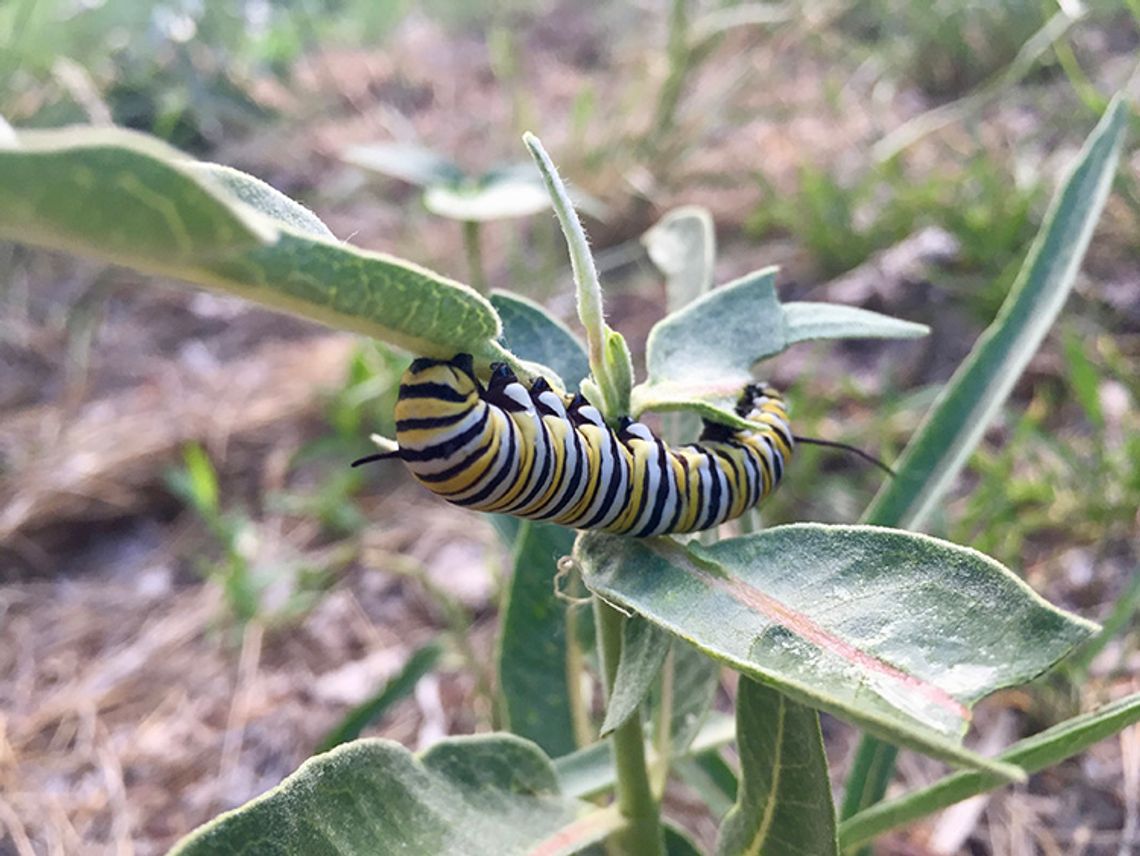
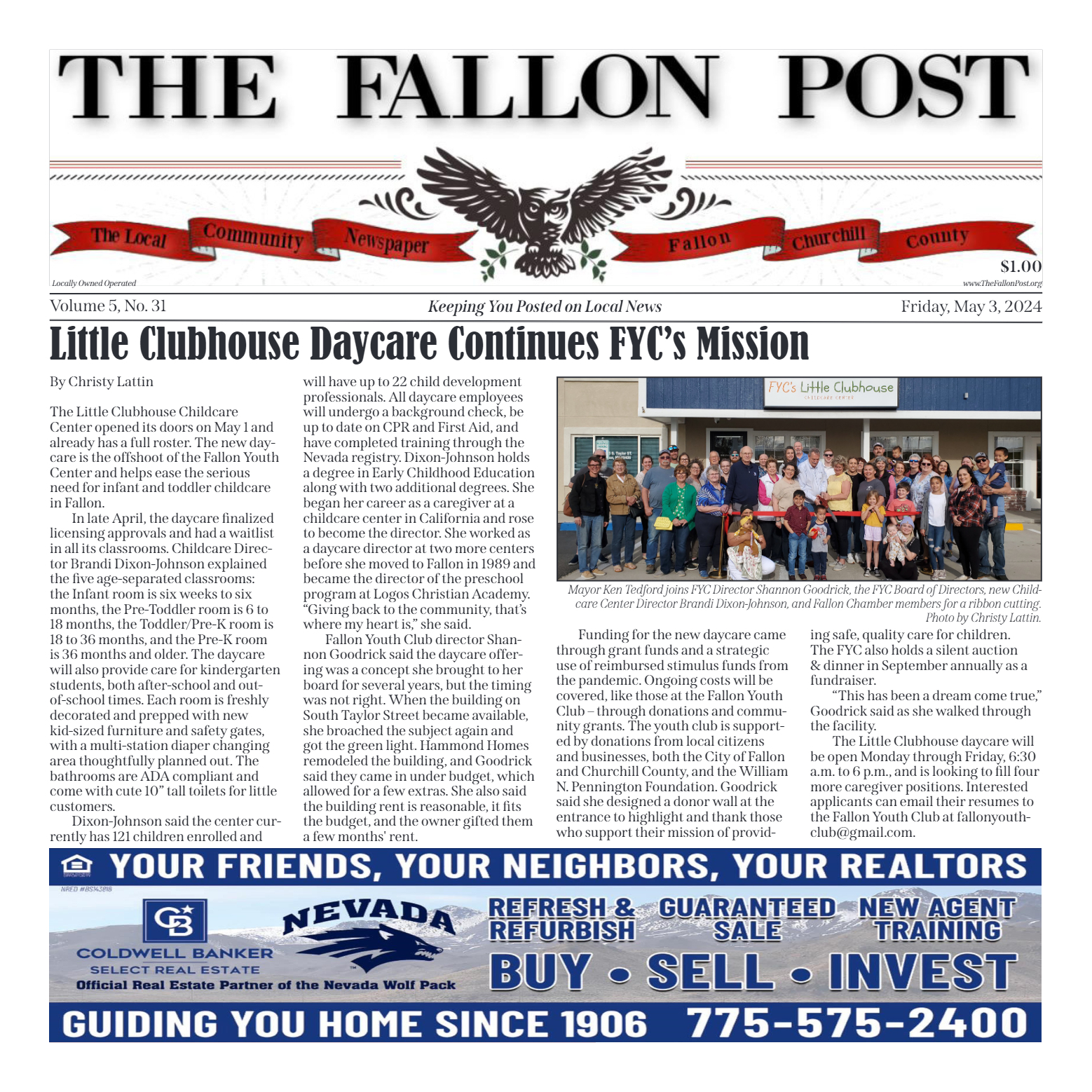
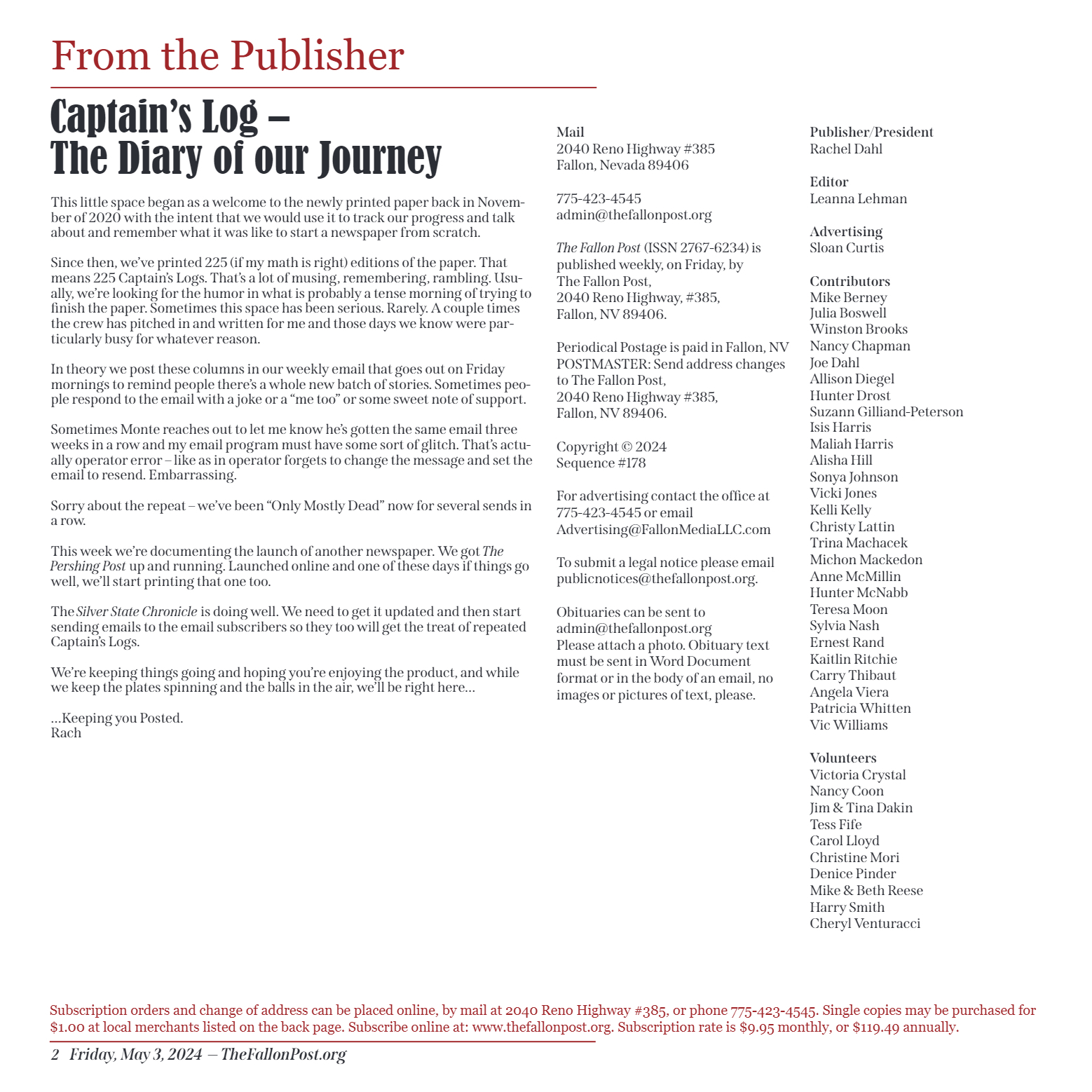
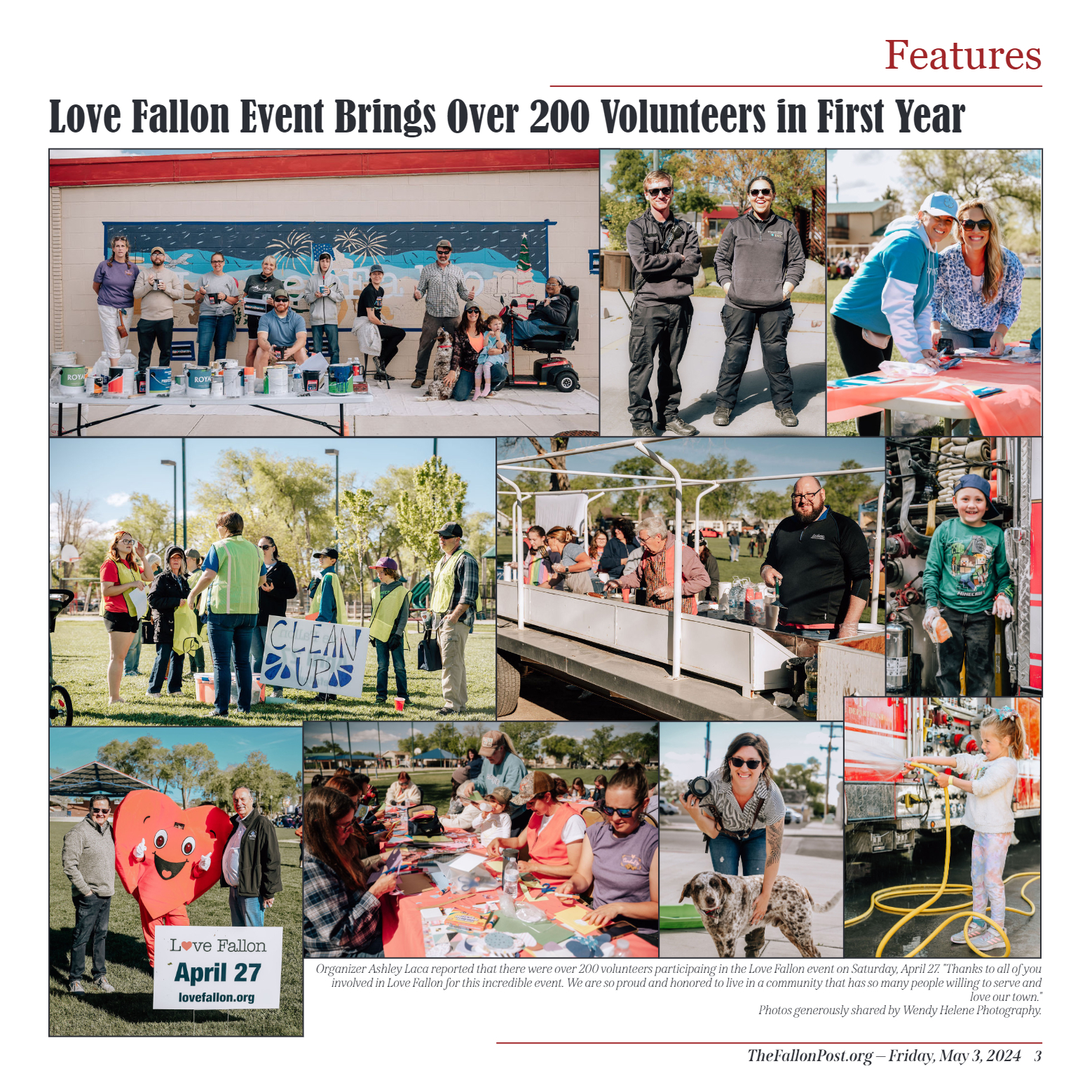
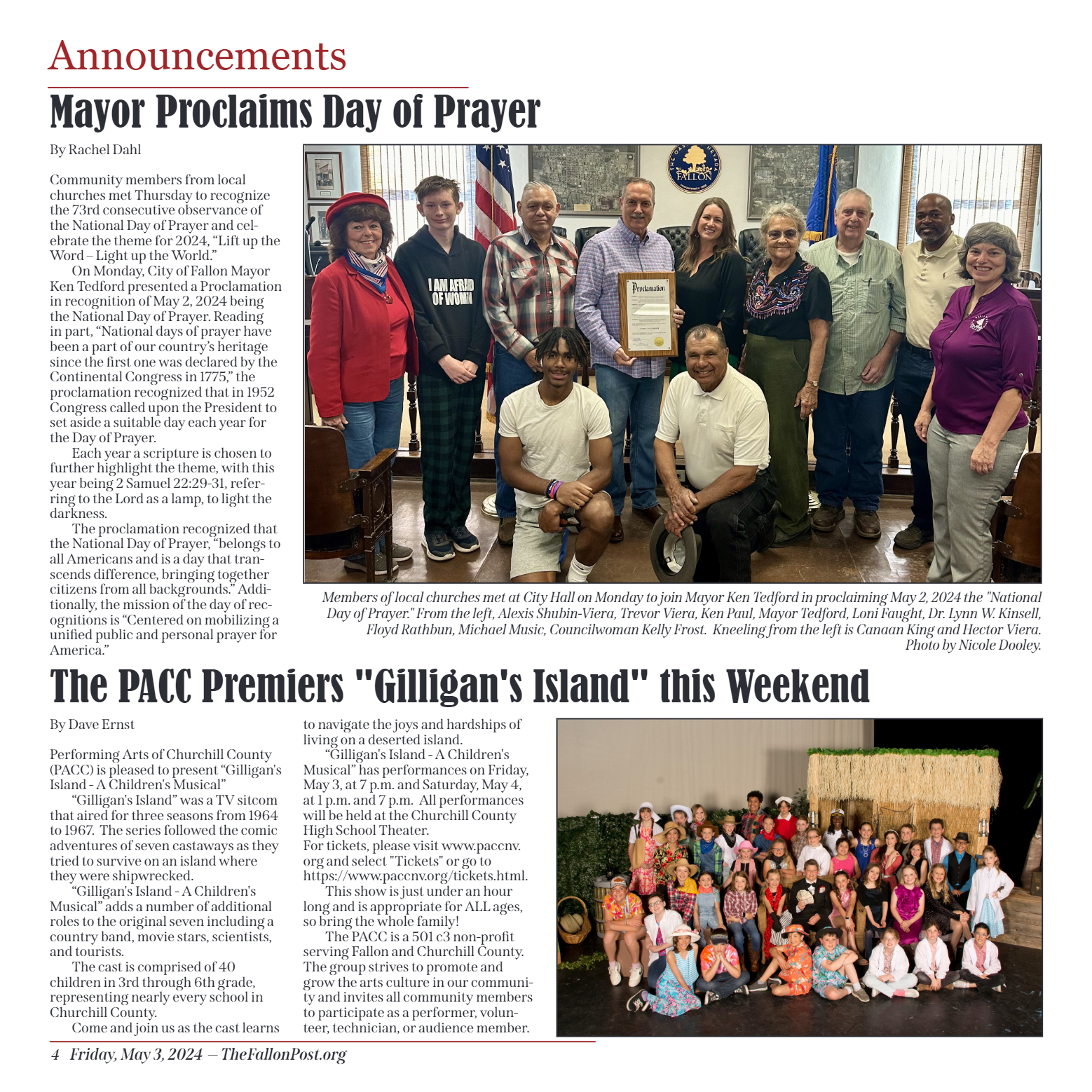
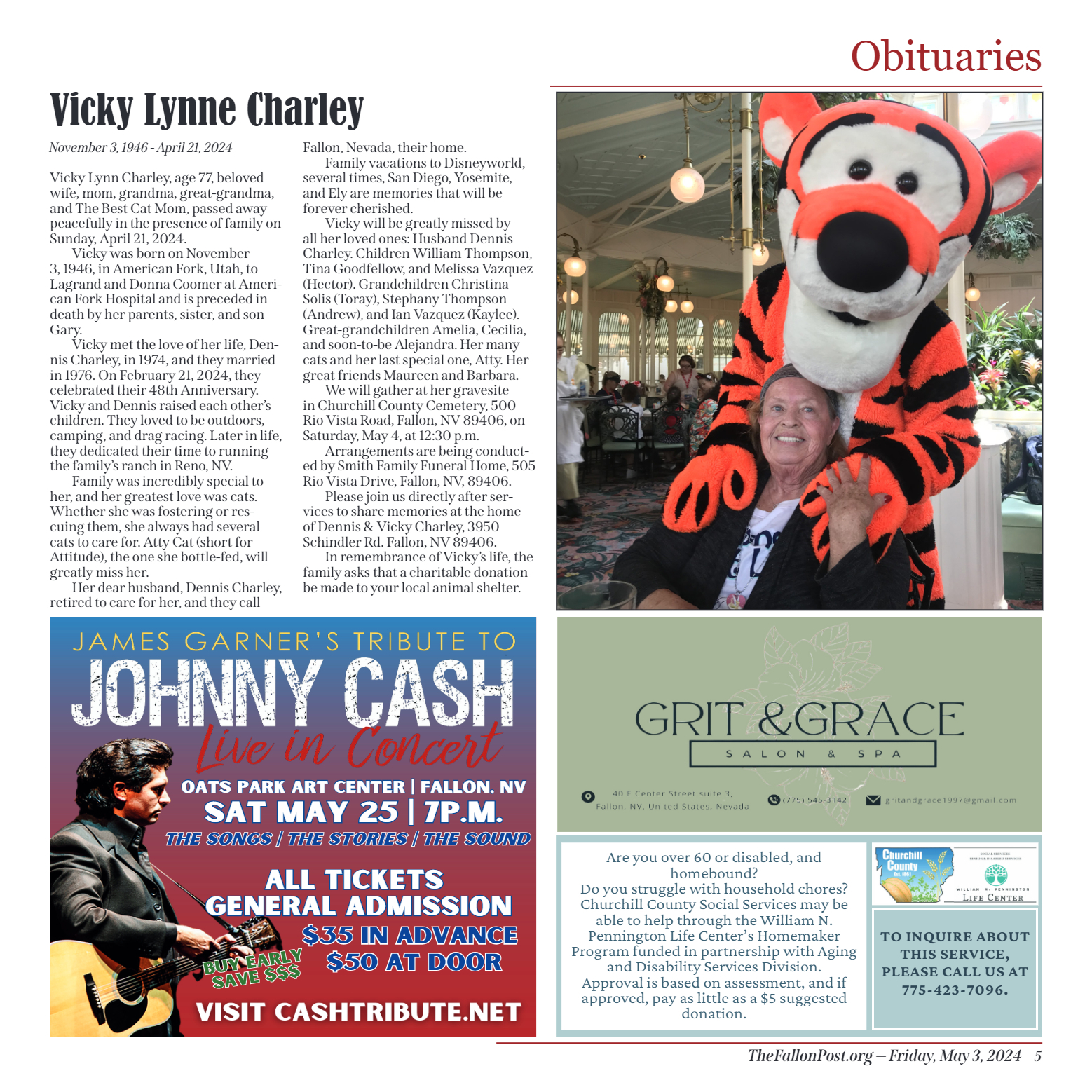
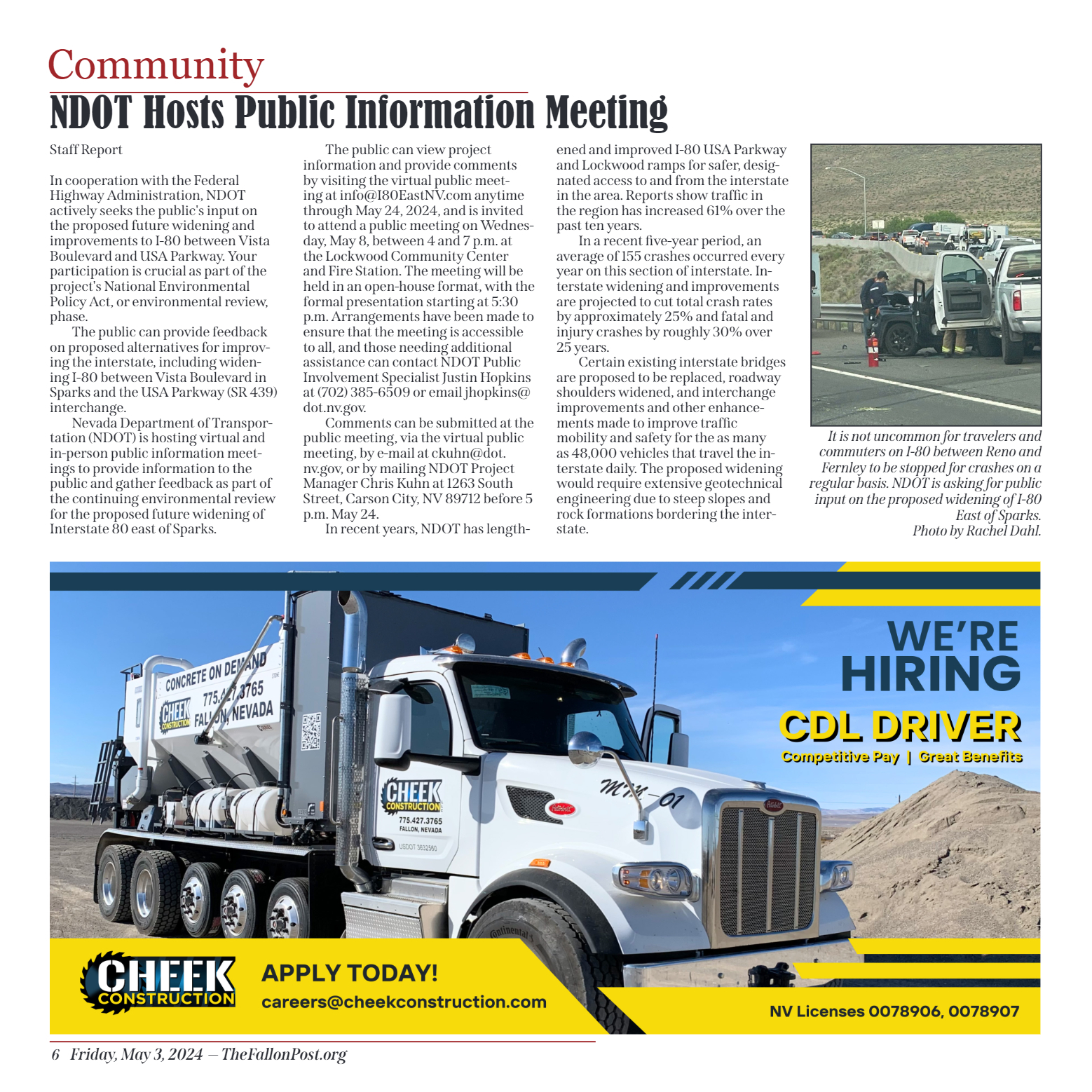
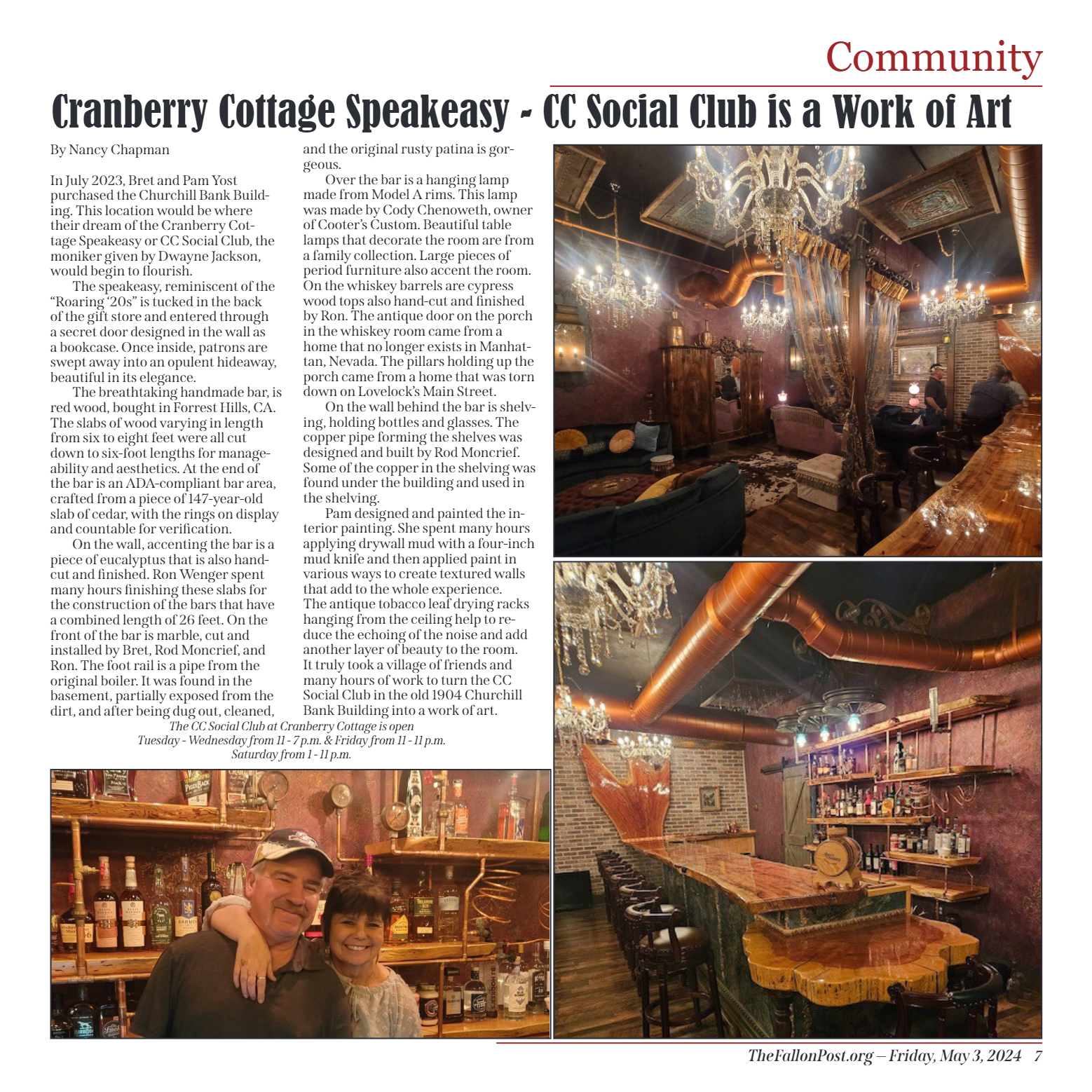
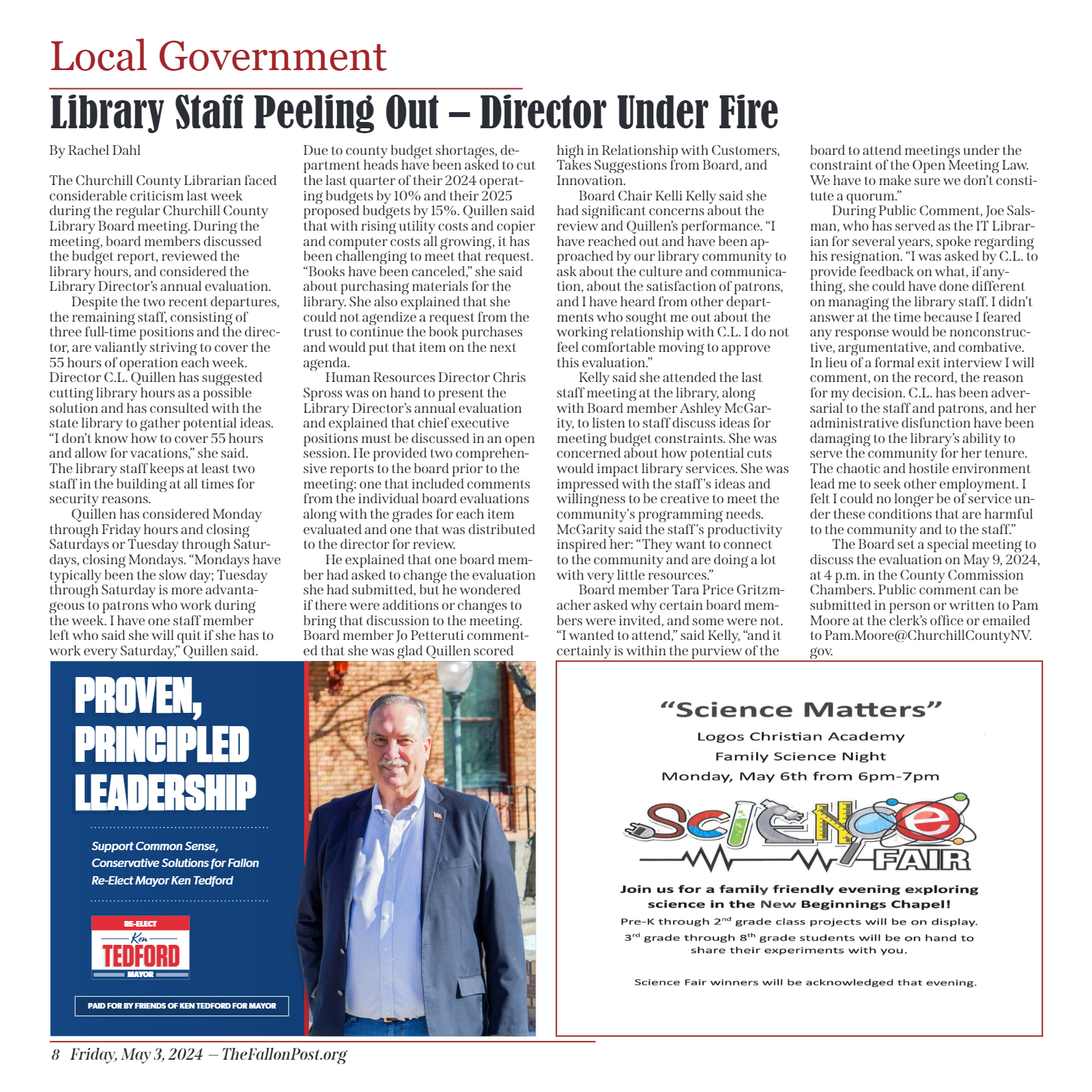



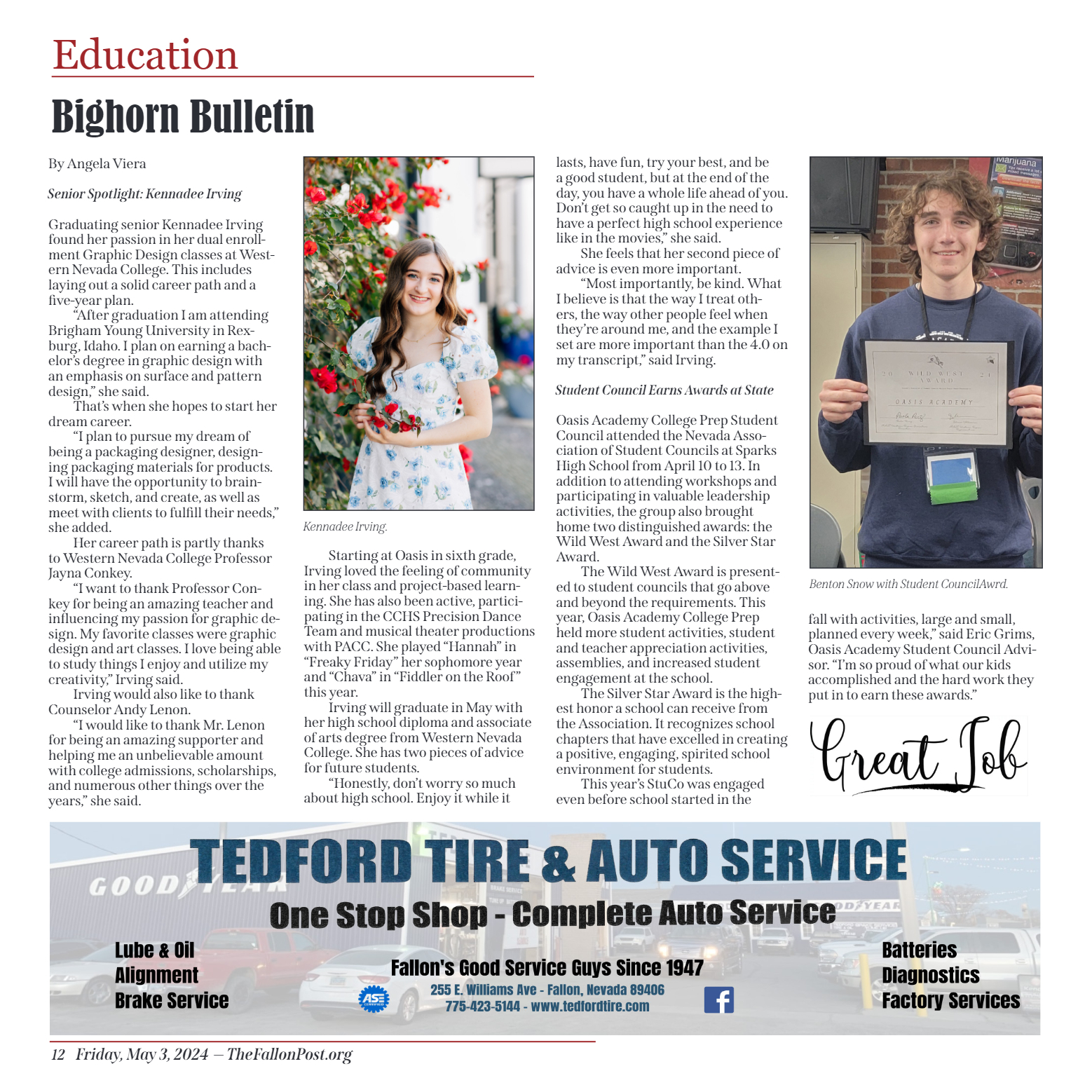
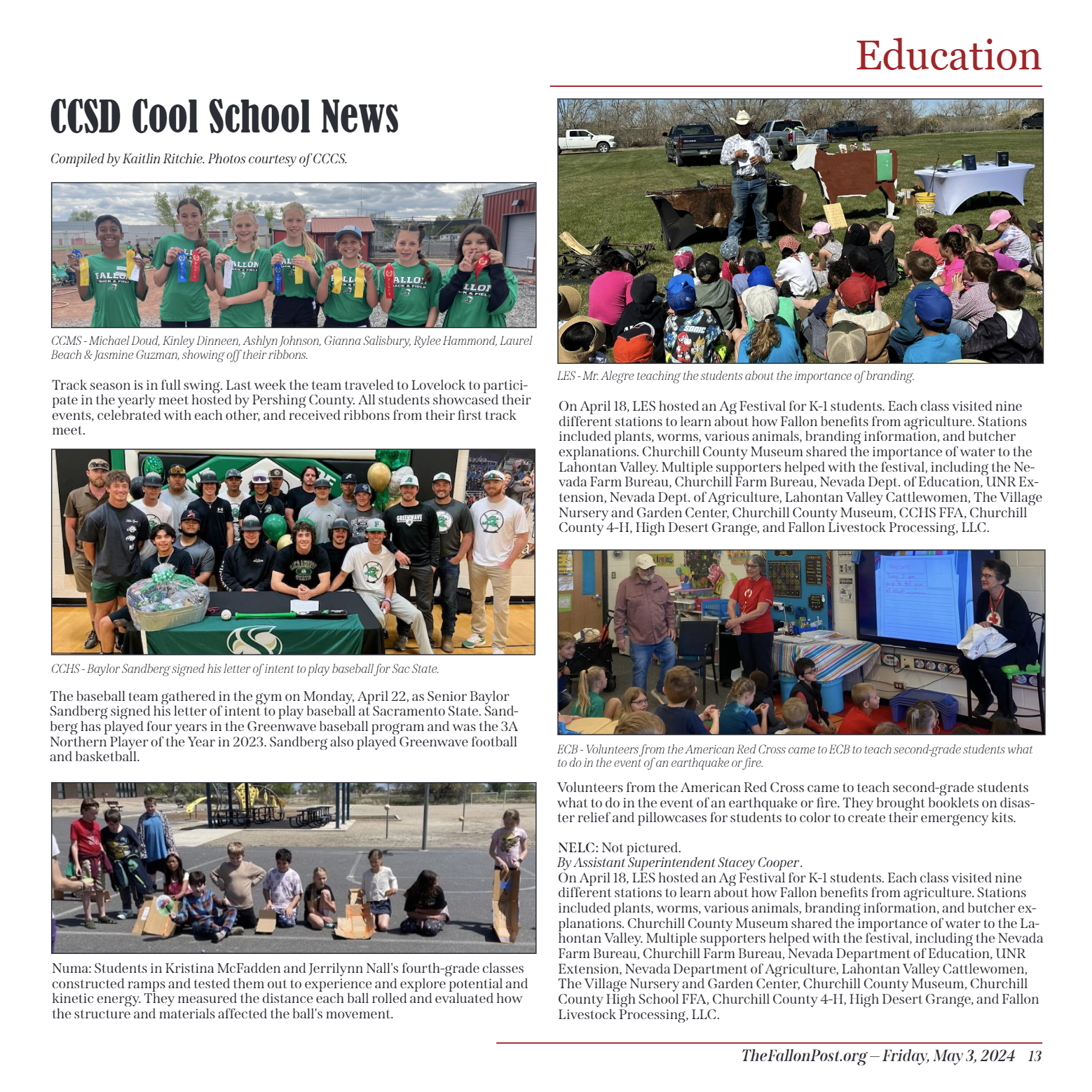
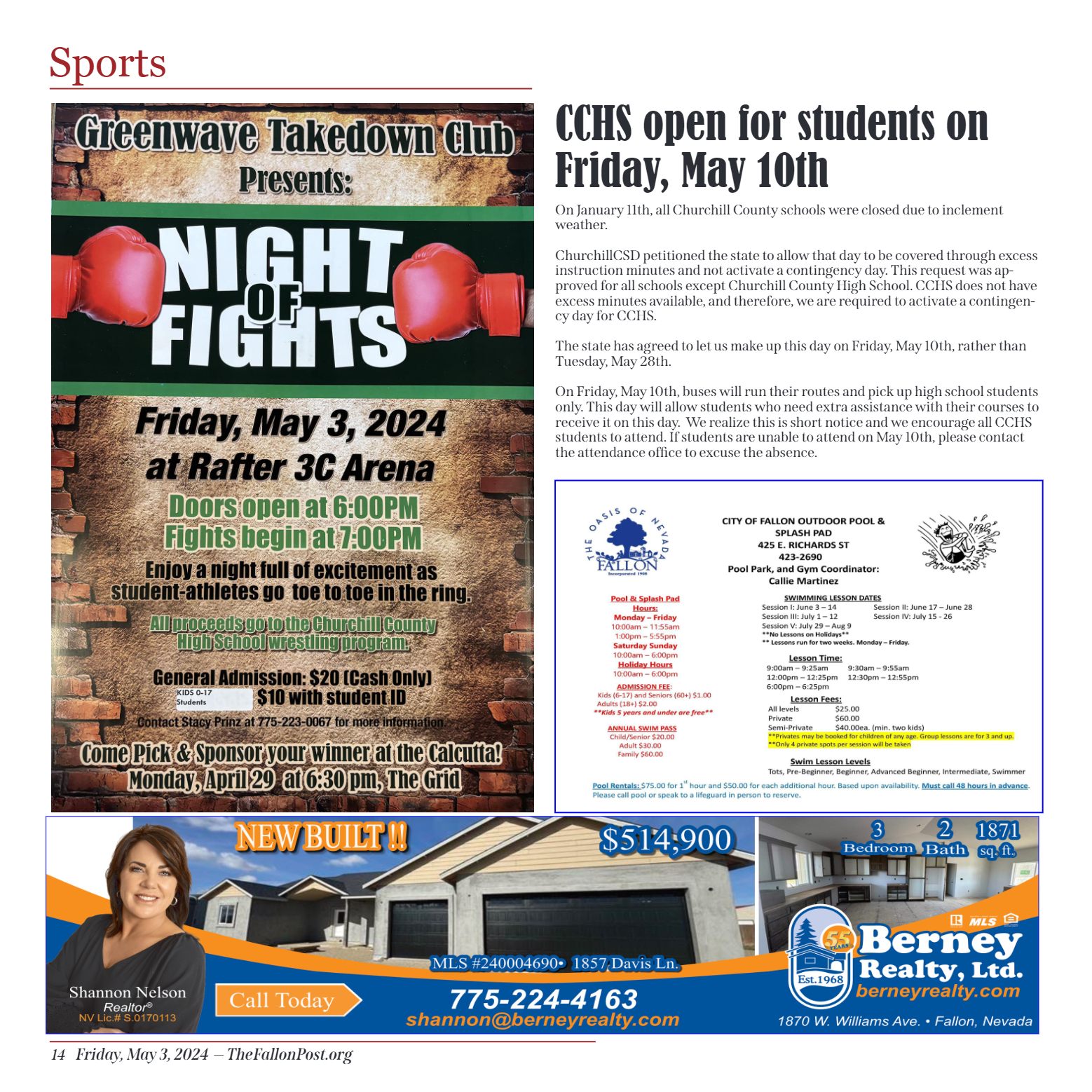

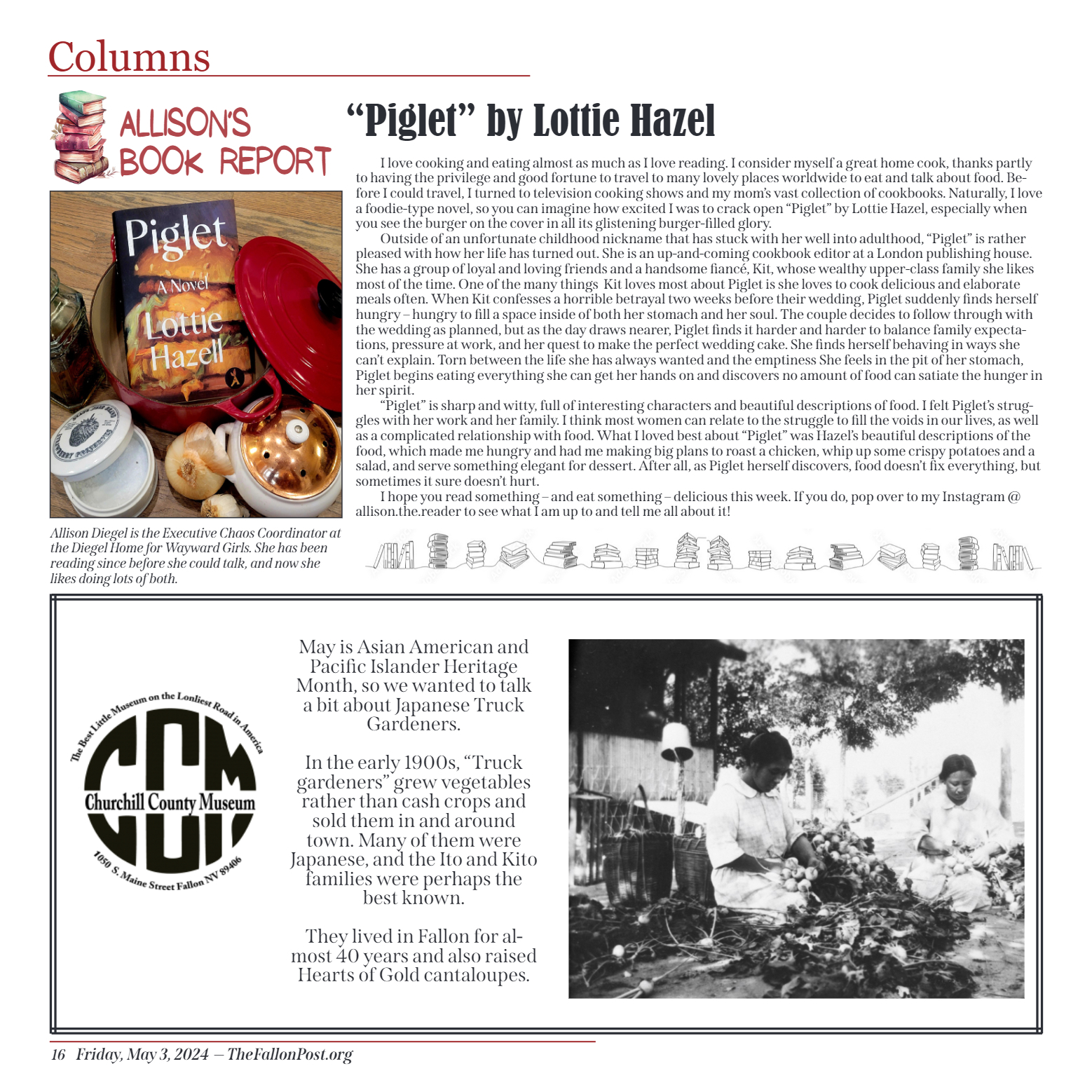



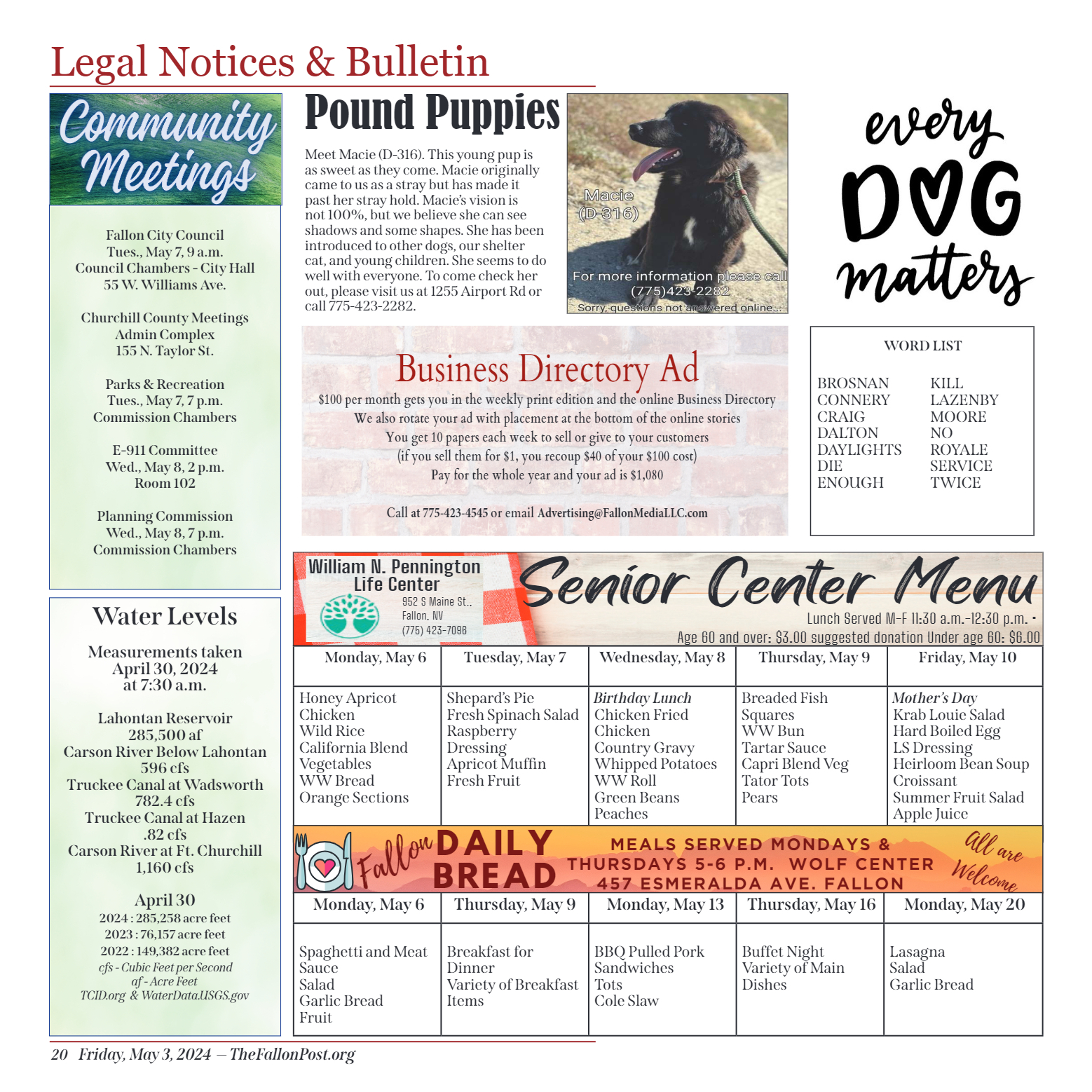



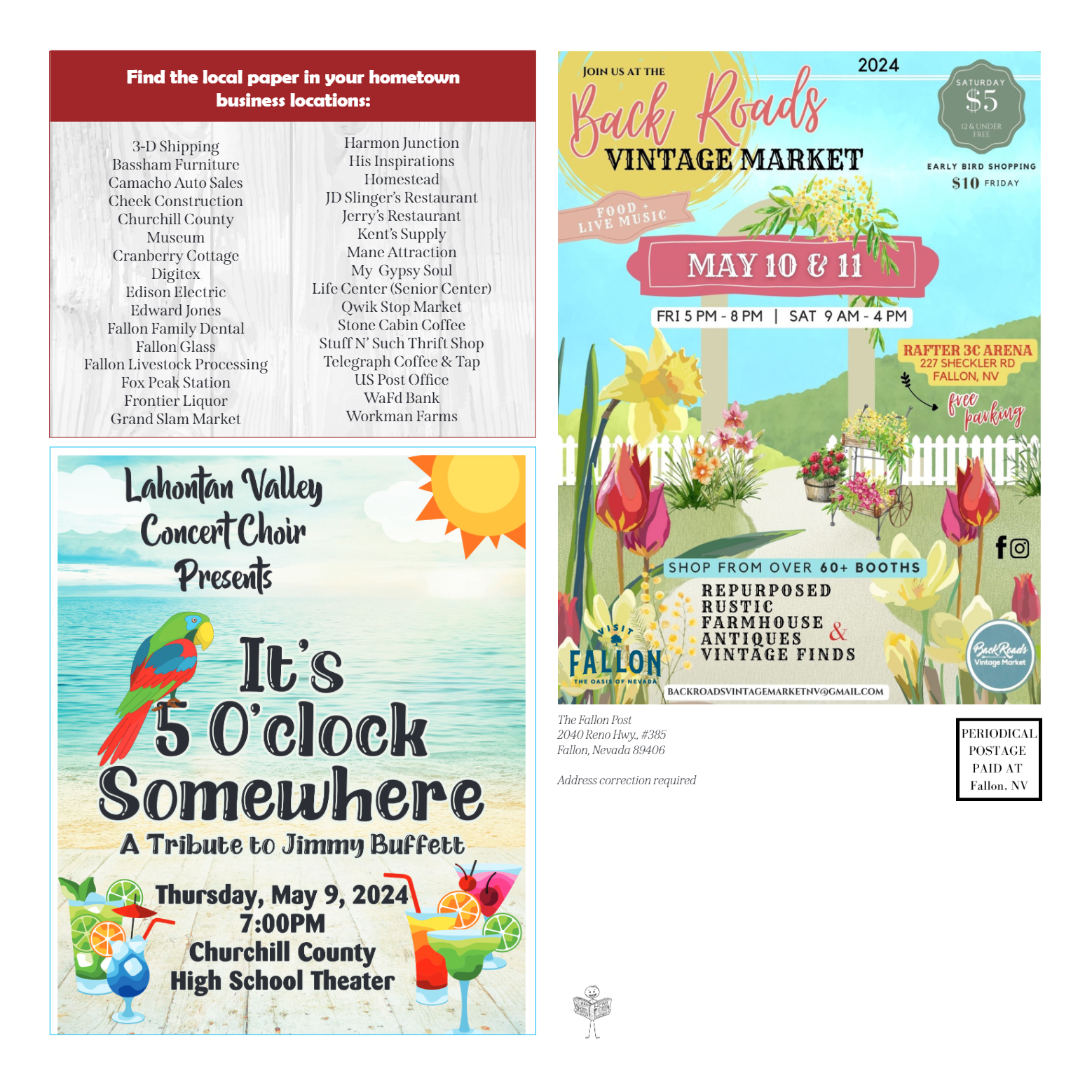
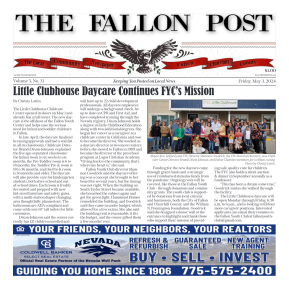
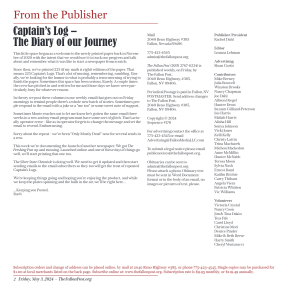
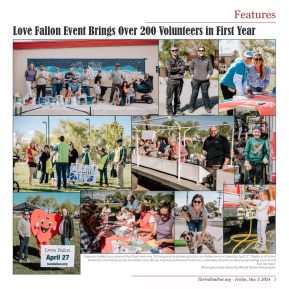
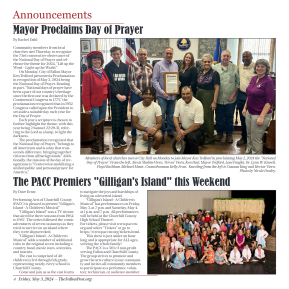
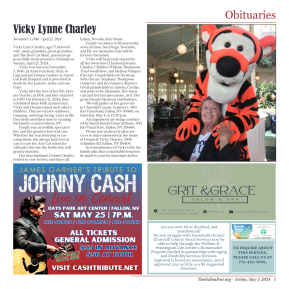
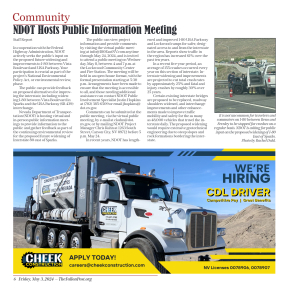
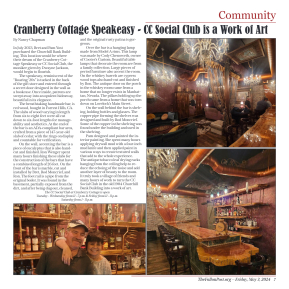
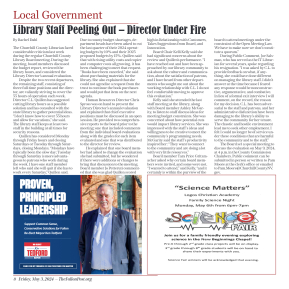

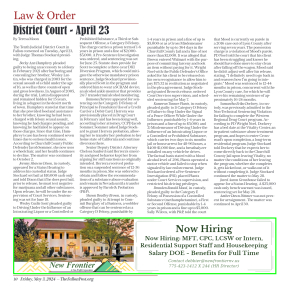

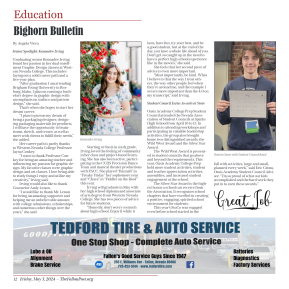
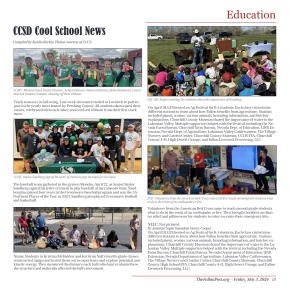
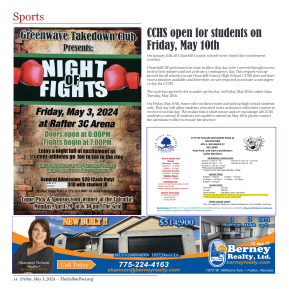

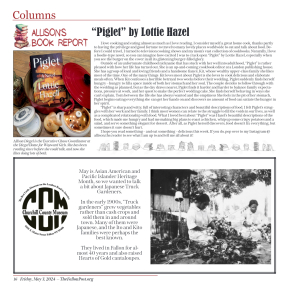



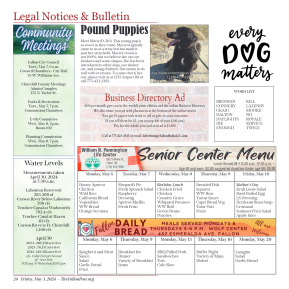



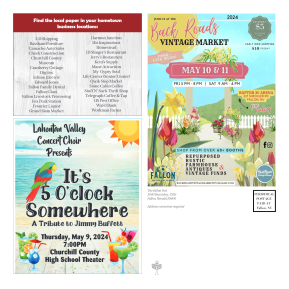
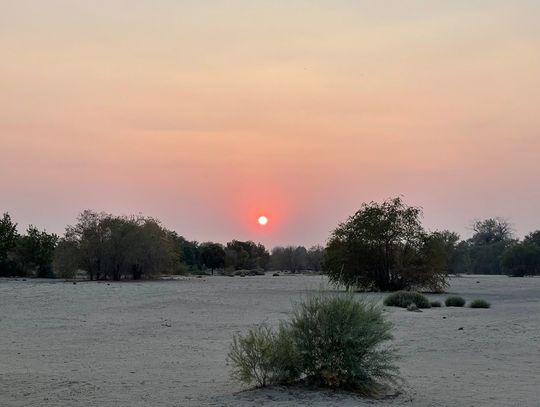

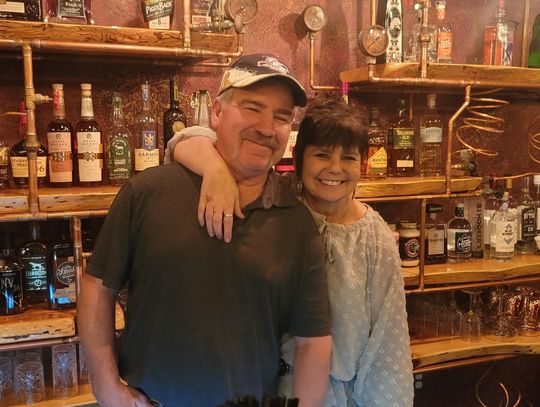
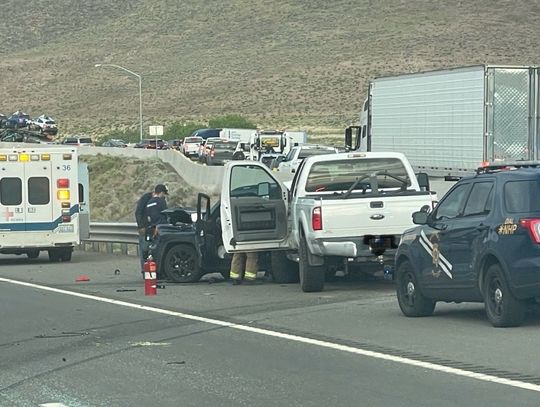
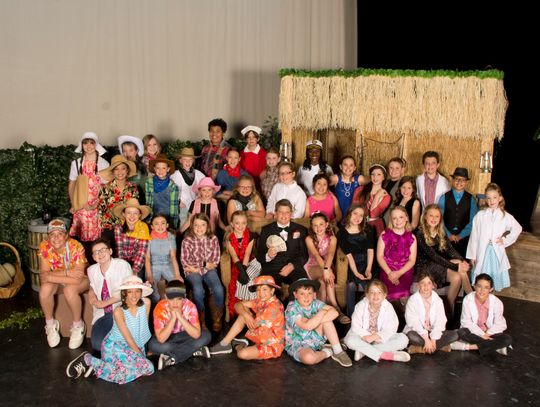

Comment
Comments